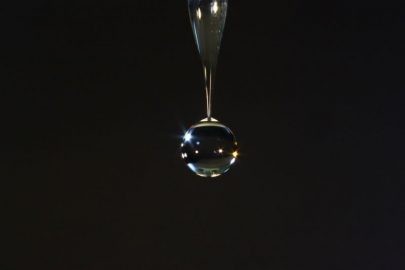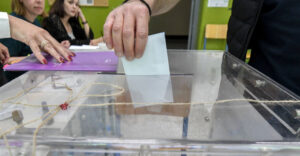A new printing technique designed at Harvard University’s engineering school uses sound waves to control and fire droplets from a nozzle with incredible force, allowing researchers to print with liquids thicker and more viscous than ever before. Honey, stem-cell-based inks and liquid metals all printed fluidly using these vibrations, which come from acoustic techniques that researchers had previously used to levitate liquids, not print with them.
The new technique was described in a paper published on August 31 in the journal Science Advances.
Under normal circumstances, printers rely on gravity to form droplets of ink and deposit them, according to the study. That’s effective up to a point, but it limits the materials a printer can use; a printer designed to deposit droplets of fast-flowing ink wouldn’t do a very good job with much slower-dripping pitch.
The scientists said that past acoustic printing experiments have used sound waves to form droplets but offered only limited control over them.
source: livescience.com
Ask me anything
Explore related questions





